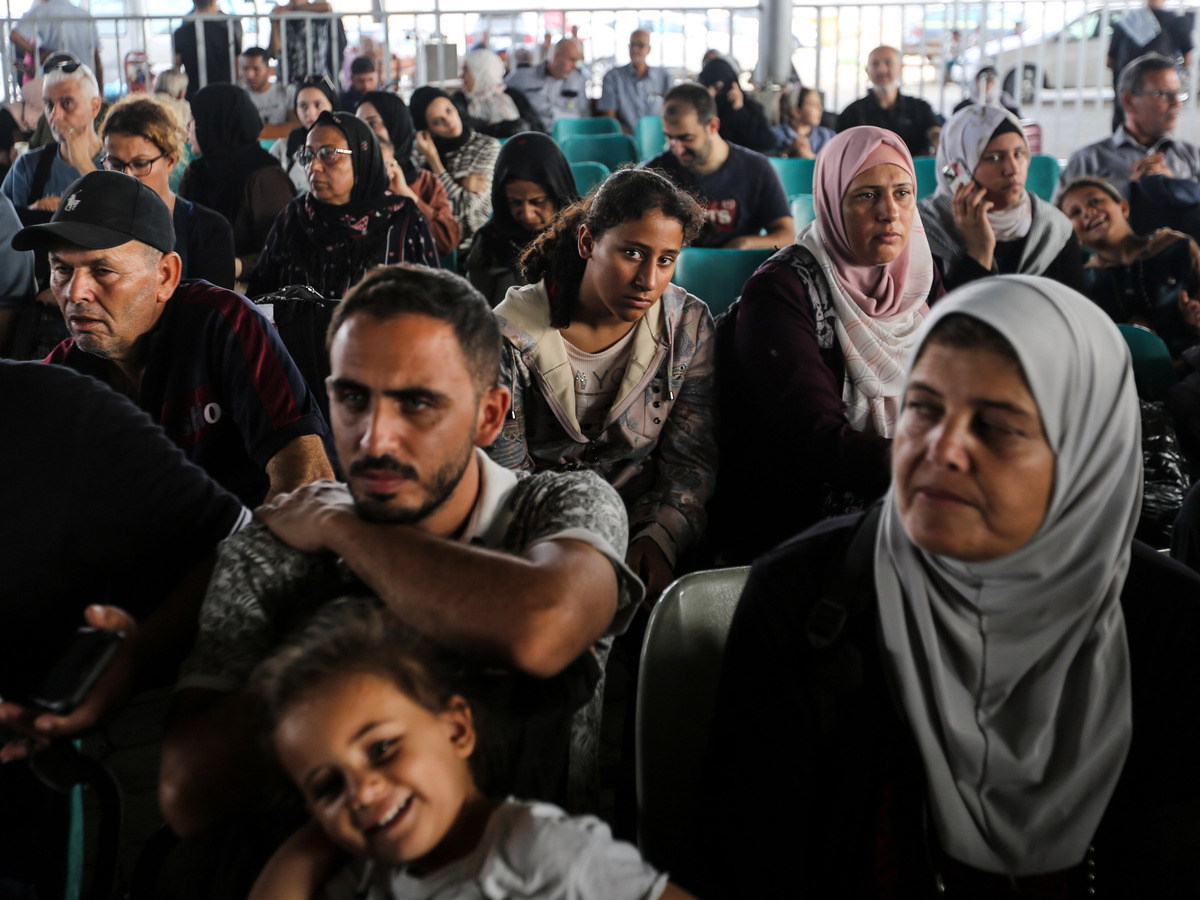
RAFAH, GAZA - NOVEMBER 2: Citizens with foreign passports wait to travel through the Rafah crossing at the Gaza-Egyptian border on November 2, 2023. (Photo by Ahmad Hasaballah/Getty Images) Ahmad Hasaballah/Getty Images hide caption

RAFAH, GAZA - NOVEMBER 2: Citizens with foreign passports wait to travel through the Rafah crossing at the Gaza-Egyptian border on November 2, 2023. (Photo by Ahmad Hasaballah/Getty Images)
Ahmad Hasaballah/Getty ImagesSince the Rafah border opened between Egypt and Gaza opened last week, it has been flooded with people hoping to leave.
With food, water and electricity in short supply, thousands of people in Gaza are hoping for a chance to flee to Egypt.
But so far, only a trickle of people have been allowed to pass through, a few hundred at a time.
NPR's Mary Louis Kelly is reporting from Tel Aviv, and spoke with an American citizen who managed to make it out of Gaza.
Email us at

 Live Radio
Live Radio